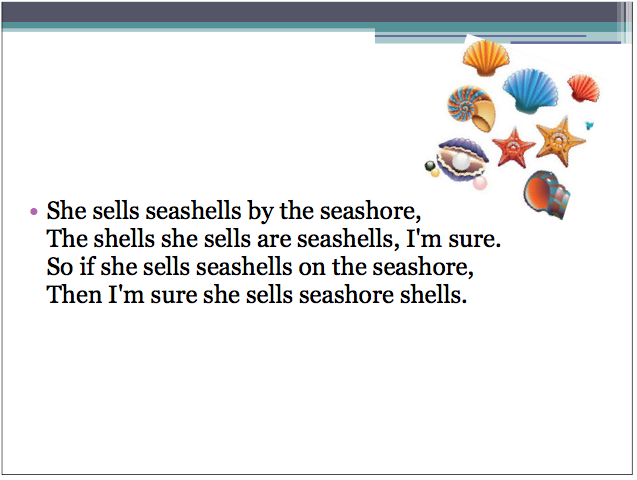
From the video "The very hungry caterpillar" we did an activity that I want to comment you because it seemed to me to be really useful. We work at the same time vocabulary, Englishman’s basic phrases, speaking, art and craft, mathematic operations like sums and subtractions, etc.
Material needed:
- A deck of cards.
- Sheets of paper.
- Colors.
- Scissors.
- Internet/vídeo.
First, we saw a video called ” The very hunger Caterpillar “. Both of the videos tell the same story but the first one is the “original” meanwhile the second one could help us if we want to work the days of the week, numbers or food because it shows them slowly.
After seeing the videos, provided that it offers us vocabulary as: lollipop, cucumber, bananas, etc. The children, for groups, must take charge drawing and cutting several copies away of each type of food that we have seen in the video. Before beginning with the central activity, we will write on the blackboard the model of dialog with the basic phrases that we want they to practice such as:
- Can I have three lollipops?
- Anything else?
- No, thanks. How much?
- Five Euros.
- Here you are.
- Thank you.
- You are welcome.
I insist that the difficulty of the dialogs, the operations, etc. Depends on the course and the level of the group.
Later, we will put so many tables as types of food we have drawn and we will choose a child to be in each stall and he will be the seller. We will organise the rest of the class for groups (the ideal thing would be to square the number of positions of the market with the number of groups and the members of the same ones) and we will give them several cards that will act as money (according to the age of the children we can complicate the operations of payments and returns giving them more cards or simply up to the number 3, 4 or 5).
Depending on the general behavior of the group we have two options to start the activity:
The first one, for the smallest or nervous children, the activity will be done group by group and accompanied by the teacher. In this modality we have to remember that the rest of the class must have task to do to avoid the decontrol of the activity. The teacher will call to the first group and will provide him a ” list of the purchase ” the group will have to go to every stall and ask what is needed, every child will speak in the different stalls to achieve the participation and the practice of the whole group.
In the second option we have to send to every group to a different stall, each one with his list of the purchase, and we will calculate more or less the time that they can be in each stall, let’s put 4 minutes, once elapsed this time the teacher will touch a whistle or will give palms to indicate that it’s time to rotate to the following position, so all the groups will stay in every shops and demand what is in the list. Meanwhile, the teacher, will have to go walking between the stalls and help and notice those words or formulae that are more difficult.
As you can see it’s a different, dynamic and multidisciplinary activity. It carries a little bit more of work but children will be grateful! If in a future I can carry out it I will hang the results and some images.
Thank you for your time, see you son!
ENJOY TEACHING,
Laura.





